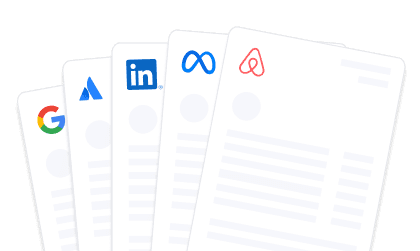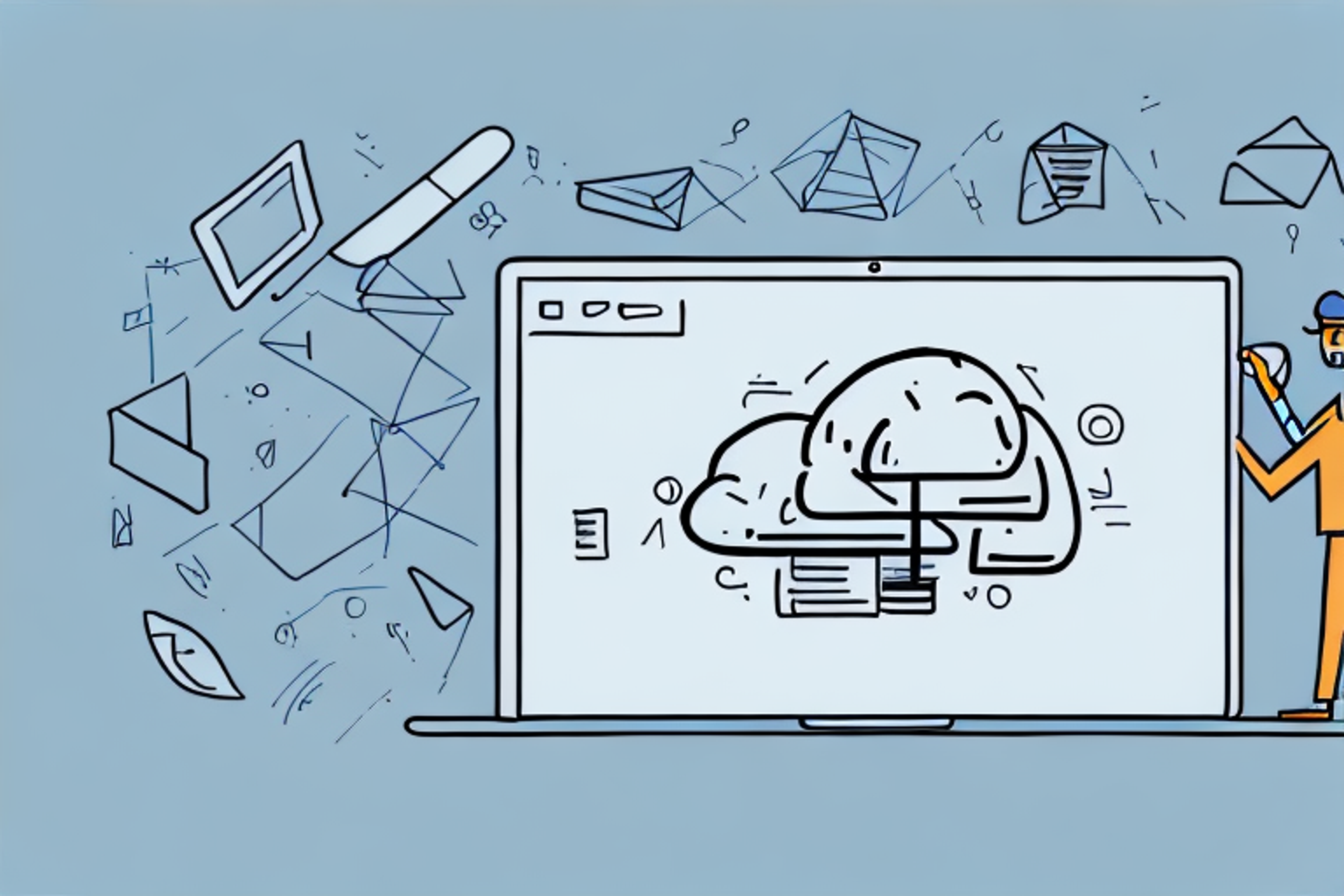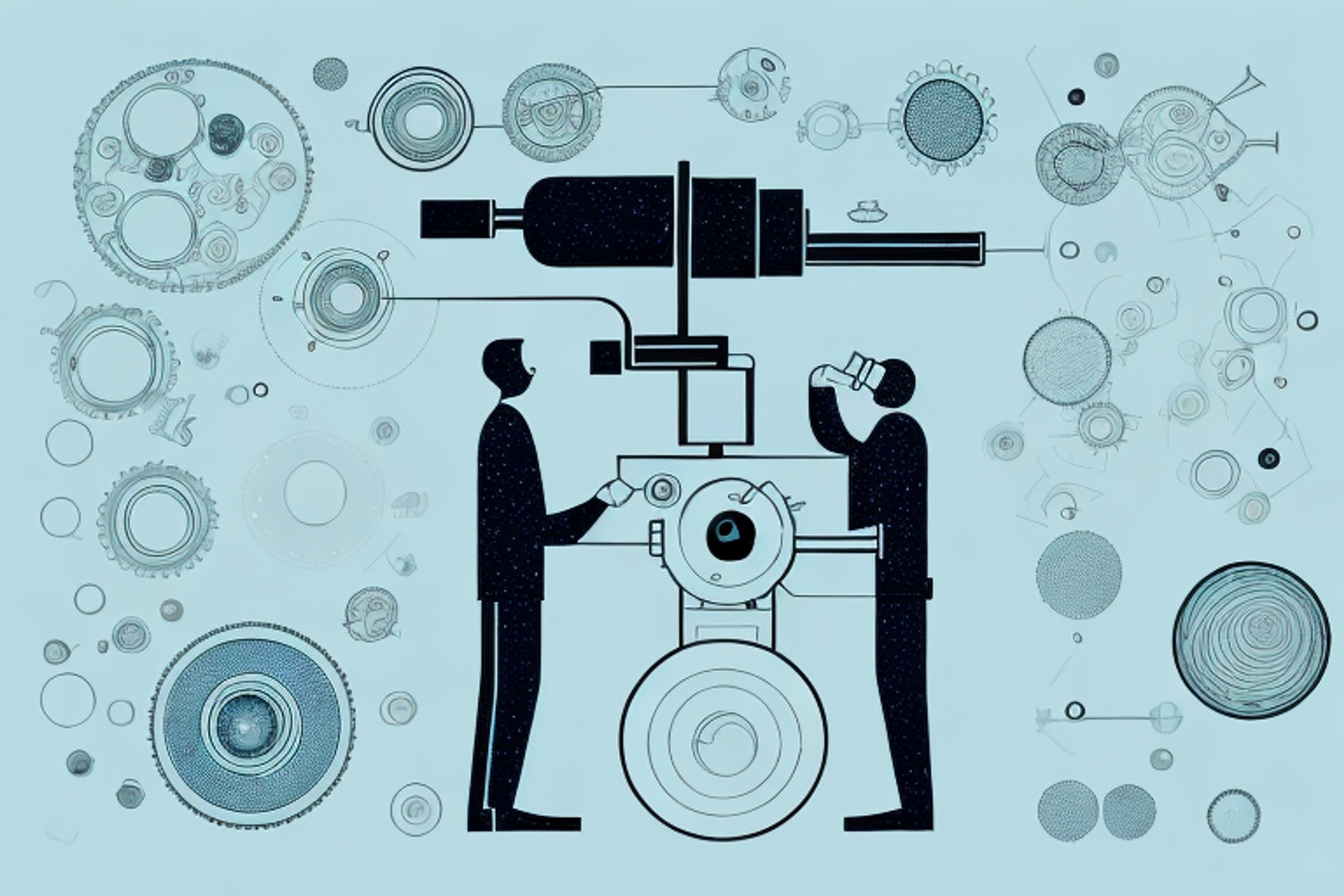Task Prioritization: How to Prioritize Product Tasks for Maximum Impact
Learn how to prioritize your product tasks effectively for maximum impact.
Posted May 15, 2023

Table of Contents
In today's fast-paced business environment, time is a precious commodity. As a product manager, you are tasked with completing numerous product tasks to keep your product relevant and competitive. However, with so many tasks to execute, it can be challenging to decide which tasks to prioritize and which ones to put on the back burner. In this article, we discuss the importance of task prioritization, methods for prioritizing your product tasks, and common mistakes to avoid when prioritizing your work.
Understanding the Importance of Task Prioritization
Task prioritization is the process of determining the most important tasks that need your attention. When you prioritize your tasks, you ensure that you complete the most critical work first and stay focused on achieving your business goals. Prioritizing your work prevents you from getting sidetracked by less important tasks and ensures that you are using your time productively.
Furthermore, by focusing on high-priority tasks, you can maximize the impact of your work and deliver value to your customers and stakeholders. Proper task prioritization allows you to make strategic decisions and allocate resources effectively. In doing so, you improve the chances of success for your product and ultimately for your business.
The Dangers of Not Prioritizing Your Product Tasks
The consequences of not prioritizing your product tasks can be dire. You risk missing deadlines, producing mediocre work, or even failing to deliver the product adequately. Moreover, a lack of prioritization can lead to a negative impact on your team's morale and productivity. When your team members are unsure of which tasks are most critical, they may feel overwhelmed and frustrated, leading to additional stress in the workplace.
How to Identify and Define Your Key Product Tasks
The first step in task prioritization is identifying and defining your key product tasks. Review your product roadmap and business objectives to define the critical tasks that need to be accomplished. Once you know what you need to achieve, create a comprehensive list of all the tasks required to complete each goal.
When defining tasks, be specific and ensure they are measurable. By defining tasks in detail, you can more effectively identify dependencies, complexity, and urgency when prioritizing. Furthermore, by ensuring that each task is measurable, you will be better able to track progress and know when each task is complete.
Analyzing the Impact of Each Product Task on Your Business Goals
Once you have defined your product tasks, it is essential to understand their impact on your business goals. Analyze each task to determine how it supports the objectives of your business plan. Some tasks may have more significant effects than others, so knowing the impact of each task is critical in prioritizing which ones need to be completed first.
As you analyze the impact of each task, consider the overall value it delivers to your customer base. Tasks that directly enhance the customer experience, streamline core functionalities, or increase revenue will likely be high-priority tasks.
Determining the Urgency and Importance of Each Task
The next step in task prioritization is determining the urgency and importance of each task. Urgency refers to the amount of time available to complete a task, while importance refers to how impactful the task is on your business goals. It is essential to assess both factors before assigning priority.
Tasks that are both urgent and important should be completed first. Next, prioritize important tasks that may not be as urgent. Finally, address tasks that are urgent but less important. These tasks should take a lower priority and should be worked on after the higher-priority tasks are completed.
Ranking Your Product Tasks Based on Their Importance and Urgency
Once you have identified the importance and urgency of each task, you can rank them based on their priority. One common method of ranking tasks is the "ABC" system:
- A: High-priority tasks that are both important and urgent
- B: Medium-priority tasks that are important but not necessarily urgent
- C: Low-priority tasks that may be urgent, but not as important as A and B tasks
Another method for ranking tasks is using a numerical system. Using this system, tasks are assigned a value based on importance and urgency. For instance, tasks may be ranked on a scale of 1 to 5, with 5 being the highest priority and 1 being the lowest priority. Regardless of the method you use, ranking tasks based on their importance and urgency allows you to prioritize effectively.
Using the Eisenhower Matrix to Prioritize Your Product Tasks
The Eisenhower Matrix is another effective method for prioritizing your product tasks. Also known as the Urgent-Important Matrix, this tool is used to divide tasks into four quadrants based on their urgency and importance. Tasks are categorized as follows:
- Quadrant 1: Urgent and Important tasks that need to be completed immediately
- Quadrant 2: Important but not necessarily urgent tasks that should receive priority once all urgent tasks are completed
- Quadrant 3: Urgent but not very important tasks that can be delegated to someone else
- Quadrant 4: Not urgent and not important tasks that can be eliminated or postponed
Using the Eisenhower Matrix allows you to organize and prioritize your tasks effectively, ensuring that you are spending your time and resources on tasks that will have the most significant impact on your business goals.
Other Popular Methods for Task Prioritization
There are several other popular methods for task prioritization, including:
- MoSCoW: A method used to prioritize tasks based on four categories: Must Have, Should Have, Could Have, and Won't Have
- RICE: A method that calculates the priority of a task based on Reach, Impact, Confidence, and Effort
- Weighted Scoring: A method that assigns a value to each task based on the impact it will have on business objectives and the complexity of the task
Choose the method that works best for your team's needs and consistently apply it. Doing so ensures that everyone is on the same page and working towards common goals.
The Benefits of Prioritizing Your Product Tasks for Maximum Impact
Prioritizing your product tasks comes with several benefits. By executing high-priority tasks, you increase your chances of delivering a product that meets stakeholder expectations and achieves business objectives. As a result, your product becomes more successful and profitable, leading to increased customer satisfaction and engagement.
Furthermore, proper task prioritization leads to a more efficient use of resources, both in terms of time and money. When you prioritize effectively, you can allocate resources strategically, resulting in better resource utilization and reduced wastage. By using your resources productively, your team can work more effectively and accomplish more in less time.
Tips for Staying Focused and Motivated While Prioritizing Tasks
Prioritizing your product tasks can be challenging, and staying focused and motivated can be even harder. To stay on track, here are some tips:
- Set attainable goals: Break down larger tasks into smaller, more manageable ones and assign deadlines to stay on top of things.
- Minimize distractions: Turn off notifications and focus on a single task at a time.
- Take breaks: Taking frequent breaks can help you stay refreshed and energized, improving overall productivity.
- Celebrate successes: Celebrate each accomplishment, no matter how significant or small, to stay motivated and build momentum towards the completion of larger goals.
How to Reassess and Adjust Your Task Prioritization Strategy Over Time
Task prioritization is an ongoing process, and it is essential to reassess and adjust your strategy regularly. As your product evolves, so should your task prioritization strategy. Revisit your tasks regularly, assess their impact on your business goals, and adjust your priorities accordingly.
Also, regularly review the priorities of completed tasks to ensure that they align with the business objectives and remain relevant. By staying flexible and adjusting your strategy over time, you can stay aligned with your business objectives and continue to deliver value to your customers.
Strategies for Delegating or Eliminating Low-Priority Tasks
Low-priority tasks can take up valuable time, which could be spent executing high-priority tasks. Learn to delegate or eliminate tasks that do not contribute significantly to achieving your business goals.
When delegating tasks, assign them to team members who are better suited to handle them and have the necessary skills to complete them efficiently. By delegating tasks effectively, you can focus your efforts on more critical work.
Alternatively, you may choose to eliminate certain tasks altogether if they are not contributing significantly. However, be cautious when eliminating tasks to avoid accidentally removing critical components of your product or process.
Real-Life Examples of Successful Product Task Prioritization in Action
Task prioritization has helped some of the most successful companies maintain their competitive edge. For example, Apple's "Get three things done today" philosophy ensures that employees focus only on the most important tasks each day. Similarly, Google's "Objectives and Key Results" (OKR) method helps teams focus on high-impact work that contributes to overall business objectives.
Furthermore, the Scrum methodology used in Agile project management emphasizes daily prioritization, ensuring that teams are always working on high-priority tasks and delivering incremental value to stakeholders.
Common Mistakes to Avoid When Prioritizing Product Tasks
When prioritizing your product tasks, there are several common mistakes to avoid:
- Procrastination: Waiting until the last minute to tackle high-priority tasks can lead to missed deadlines and produce subpar work.
- Focusing on low-priority tasks: Prioritizing low-priority tasks over high-priority tasks can delay critical work, leading to missed opportunities.
- Not delegating tasks effectively: Failing to delegate tasks effectively can lead to burnout and reduced productivity within your team.
- Not adjusting priorities regularly: Sticking to a priority list without regularly reviewing and adjusting it can lead to missed opportunities and wasted resources.
Conclusion: Taking Action towards Effective Task Prioritization
Task prioritization is the key to efficient and effective product management. By defining your goals, analyzing the impact of each task, and ranking them based on their importance and urgency, you can prioritize your tasks and work more efficiently towards achieving your business objectives.
Remember, prioritization is an ongoing process, and it requires consistent effort and attention to detail. By using the best practices outlined in this article and avoiding common mistakes, you can stay focused, motivated, and achieve your business goals with maximum impact.



















